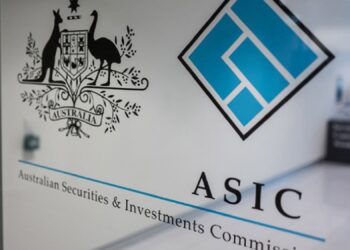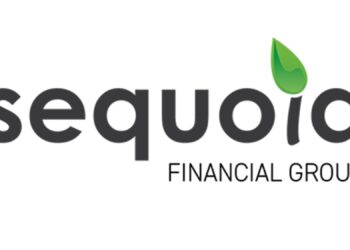As thedeadline for the long heralded new Financial Services Reform (FSR) gets closer, much activity is taking place.
In the next few weeks, a number of roadshows and conferences will seek to address the stumbling blocks still in place and provide last minute help for those planners who have yet to take any serious action.
However, there has been much less attention paid to who will actually pay for the cost of regulation.
It is worth remembering that for financial planners, the FSR regime is one of the biggest regulatory changes in quite some time. Add to this the business tax changes which have been with us for over a year now, and planners have a lot to now contend with.
Looking at the bigger picture, the industry is also set to tackle the Government’s Better Superannuation proposals, a number of reports on superannuation safety, as well as a review of the Managed Investments Act.
All of this is happening as the market looks back to a time in the not so distant past, when returns were high, markets were bullish and the whole idea of a licence to print money seemed pretty good.
But if we as an industry are forced to comply with a range of regulatory changes, each of these will cost time and money to implement now and on an ongoing basis. The regulation in most cases is necessary and will drive professionalism. As there is no way of avoiding it, these costs are not a possibility but a very current reality.
So who will wear the end cost? Product manufacturers will not sit back and absorb the costs, as they will probably be substantial and clash with the drive for savings and efficiency currently in place.
The distributors, dealer groups and planners, will also have their own costs to comply with FSR and will not be happy to see that biting into their remuneration.
Does this mean that due to flow on effects, the cost will end with the consumer? More than likely it will. It will probably be bundled up in higher management expense ratios and commissions, so clients will not see it. But nonetheless, it will be there.
Yet, in the end, the best path may be for the industry to take the costs on the chin. The reason being that this push has not come from below but from above. Those in power insist the industry improve itself and provide the best possible service it can.
Clients have been expecting this for years and to slug them now with costs, so the industry can take another step forward, would seem incongruous and possibly a trifle greedy. You would not expect a mechanic to charge clients for extra training, so why should the financial services industry expect the same.





